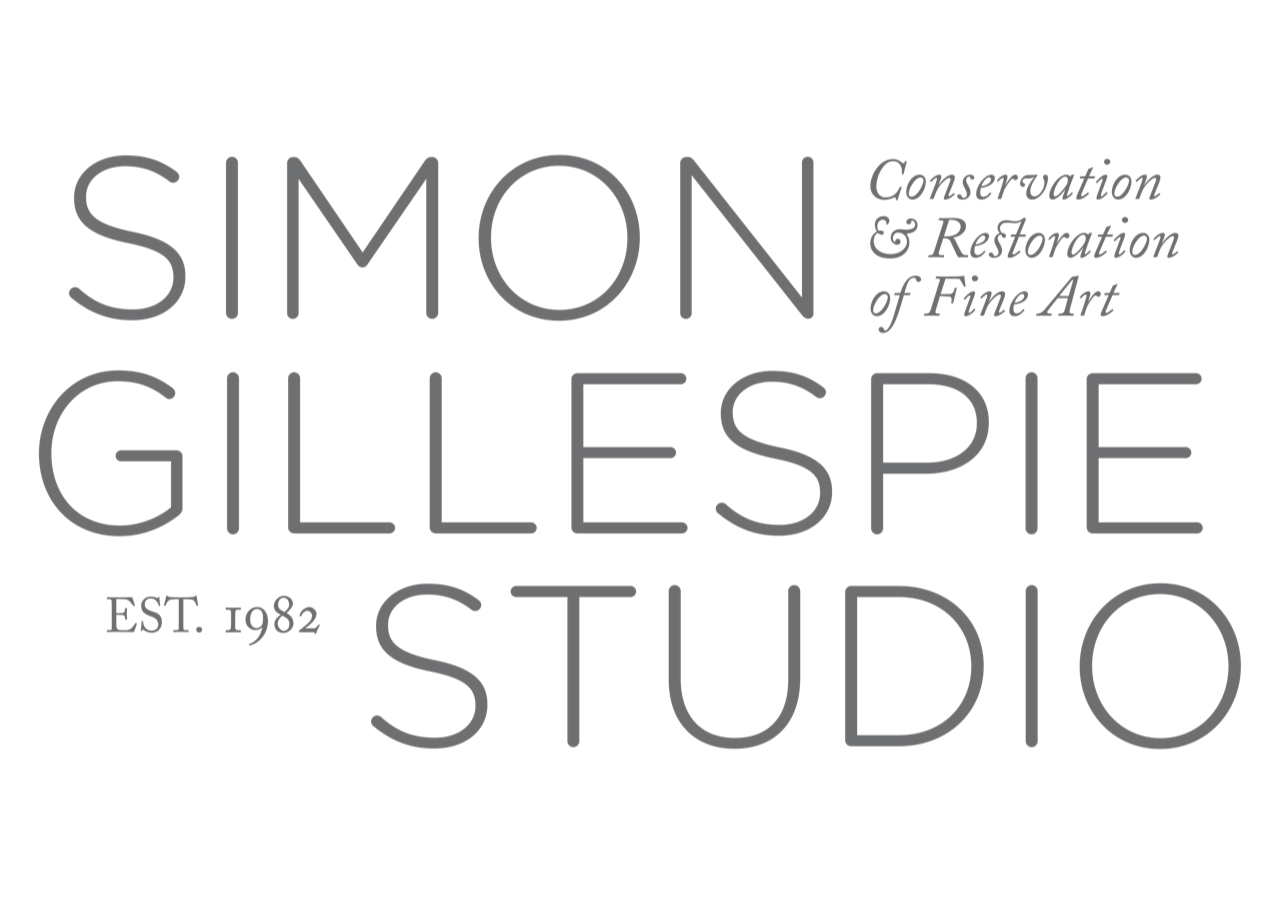Pieta by Francesco Montemezzano
Before treatment
After treatment
An extraordinary story: brought to the studio as part of the BBC show ‘Fake or Fortune?’ a few years ago, this painting from a village church in Lancashire turned out to be by the Italian Renaissance artist Francesco Montemezzano.
The painting had been given to the church in the early 1800s by a former vicar, Frederick Needham. Over time, dirt accumulated on its surface, and its varnishes discoloured to a dull opaque film, concealing the painting’s true colours and significance.
Churchwarden Jane Greenhalgh instigated the discovery by contacting the makers of the BBC4 programme Fake or Fortune. She said: "It has been in the church for more than 200 years and we've all walked by it, thinking - what is that dirty thing on the wall?"
Philip Mould, who presents the programme alongside Fiona Bruce, recognised the style and colours as Venetian. The picture was brought to the studio for treatment.
The painting is a Pieta - a depiction of the dead Christ cradled in the arms of his mother Mary after being taken down from the cross - painted in oil on canvas, and over 1.20 meters tall.
Click here to watch a time-lapse video of two members of the Simon Gillespie Studio team cleaning the painting.
Observation in the studio, including in reflected light, in addition to infrared and x-ray photography revealed changes in the composition had been made by the artist as well as by a later hand. Infrared allows us to see charcoal drawing lines which were made over a white preparation layer even if they are covered by the artist’s paint.
In this painting, the IR revealed that in the area of buildings mid-right a castle and watermill had been overpainted with a dark green bush by a later hand.
The area of the buildings before treatment, with a dark bush in the lower part
Infrared showing the castle concealed beneath the overpaint
The area after treatment, with the overpaint removed to reveal the castle and watermill
Removal of old retouchings was carried out using solvent-based gel.
At this stage it was possible to see that the artist had worked on the painting in two sittings: the figure on the left edge has been clearly added at the second sitting as her figure is painted over the bottom of the cross, as has become evident where the cross can be seen through the transparent paint of this figure.
The figure on the left, painted over the lower part of the cross.
Other pentimenti (changes made by the artist) include the Virgin’s head which was initially painted higher and further to the left; Christ’s right leg was lower and more straightened out, his loincloth was larger and came lower down his leg.
Infrared photograph of the painting. Note the pentimenti that are visible, for example an earlier positioning of Christ’s right leg lower down and more straightened out than in the final version.
A tree in the sky coming from the head of the turbaned man was painted out and because of the original sky colour becoming transparent with time the trunk of this tree is now visible. Due to the increasing transparency of oil paint as it ages the pentiment of the tree has become more visible with time. During treatment, an earlier campaign of retouching was removed which had attempted to integrate the tree into the sky, and the decision was made not to retouch this area again.
The area above the turbaned figure showing a tree which the artist painted out. (after treatment)
Smaller pentimenti include changes in the position of hands.
These pentimenti are interesting as they show how the artist’s process developed in this particular painting.
Christ’s loincloth (before treatment)
IR view of Christ’s loincloth showing its earlier shape and size.
Montemezzano is thought to have been either a student of, or heavily influenced by, Paolo Veronese, one of the major painters of the 16th Century Venetian School. Montemezzano’s major work is the central panel in the ceiling of San Nicolò dei Mendicoli in Venice.
Jane said ‘It will be a great attraction for our church once it is back in its rightful place on the wall.’ After treatment, the painting was returned to its former location in the church of St John the Baptist, a Grade I listed church in Tunstall (a village on the edge of Lancashire not far from the Yorkshire Dales), once patronised by the Bronte sisters.
Revd Cannon said: "We were hopeful of discovering something about its history, how it got here and why it's in the church. It has been an exciting journey and in the end the value became less and less important - even though it is worth a lot of money, we are now focusing on using it for what it was intended for - as an object of devotion and reflection that will draw people to the church on many levels. The painting was given by a former vicar who obviously thought it would be an aid to devotion for his parishioners, so we hope it can do that again now."
Philip Mould said of the result of our conservation treatment: “It was an extraordinary transformation and on a scale that is pretty well unmatched".
Philip Mould and Fiona Bruce at the studio
Fiona Bruce and Philip Mould with Revd Cannon and Jane Greenhalgh













